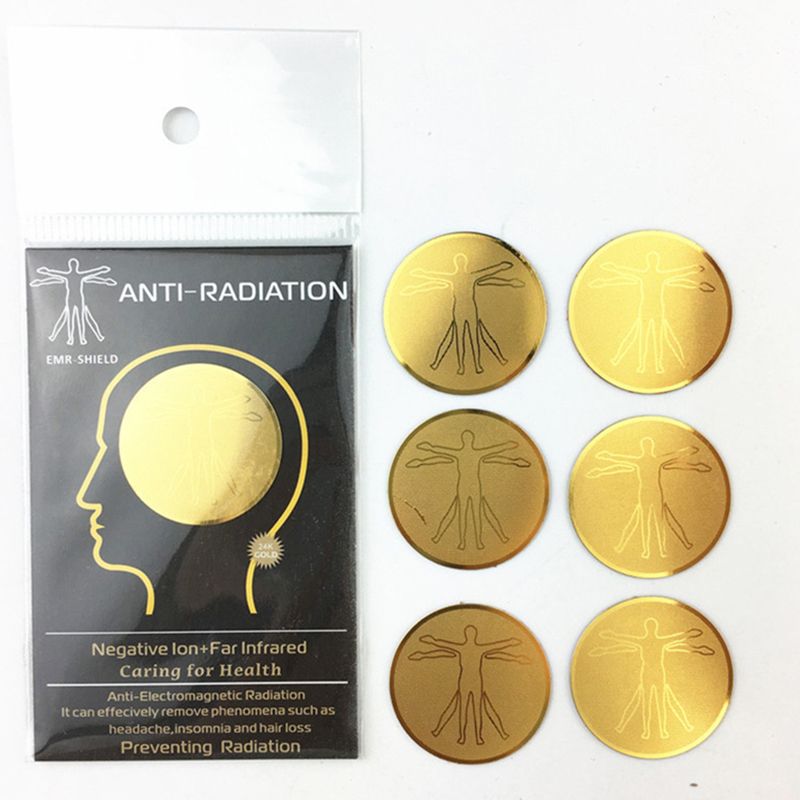This article focuses on the subject of 5G radiation. It is a non-ionizing electromagnetic radiation. Because 5G radiation is so small, it doesn't possess the capability of breaking the chemical bonds of biological tissue or cause any changes to cells. It's not clear whether the effects of 5G radiation alter the risk of skin cancer. 5g radiation has been found to suggest it may cause other illnesses.

High-frequency millimeter wave radiation
High-frequency millimeter-wave radiation from mobile phones and wireless networks may cause health issues to humans. There are a few different ways that this radiation can be harmful. In some instances the radiation could cause damage to a person's DNA. In other cases, it may cause damage to other areas within the body like the brain.
Recent research has shown that 5G technology can cause the heating of tissues. As a result, scientists from International Council on Non-Ionizing Radiation Protection (ICNIRP) has called for a review of existing thermal and biological safety standards. The current exposure standards don't protect people from extreme heat in the event of exposure to pulsed millimeter waves.
Skin cancer risk
There is no definite answer to the question of whether 5G radiation could cause skin cancer. It is however thought that 5G RF-EMFs behave similarly to high-LET ionizing radiations. In turn, they may cause large amounts of free radicals that can be found in the skin. The FCC has not issued any specific guidelines about the risks of 5G technology. Consequently, the debate continues.
While there are plenty of studies regarding the impact of higher-frequency radio waves on the human body, they remain largely in scope. However, there is concern over the effects of millimeter-wavelength exposure on oxidative stress and gene expression. These effects could be extended to the skin as well as other organs, like the brain.
The impact of other diseases

An innovative new technology in wireless, 5G, is rapidly growing in popularity, but scientists are warning of the health risks that could be associated with it. 5G will dramatically increase the quantity of electromagnetic radiation that is found in our environment. 5g radiation poisoning is a concern that has led to debates in a variety of nations which includes Switzerland. In September 2017 390 doctors and scientists supported a motion for an end to 5G deployment. The motion was not taken seriously by the European Commission, which is in charge of controlling the use of technology like 5G.
Therefore it is necessary to conduct more research to assess the health effects of 5G. However studies have proven that 5G doesn't cause the same negative effects on humans as the radiofrequency from the older mobile networks. Additionally, it does not transmit a new type of coronavirus. Additionally it doesn't make people more susceptible to viral infections.
5g radiation of exposure
Measurement of exposure to radiation from 5G is a crucial aspect of ensuring the safety of 5G networks. There are two ways to determine exposure. One method is measuring the power of radio waves that is absorbed by human tissue. Another is measuring the quantity of radiofrequency energy released by an object. The term "radiofrequency energy" (RF) can be described as an energy source that is emitted directly from radio receivers.
Within the United States, the FCC has set a limit on the power density of mobile devices running 5G. The tests are able to determine power density at the distance of several inches, and it is the FCC does not have to measure every beam. However how much power is generated by each beam can be determined by computer simulation. The most likely scenario is then selected depending on the design of each beam.
The study has its limitations
There has been a lot of discussion over whether the effects of 5G radiation are detrimental to human health. In the case of 5G, for instance. Swiss authorities, for example has issued a report which concludes that the technology is not likely to cause adverse health effects in the short term however, there aren't any studies that have demonstrated long-term impacts. However, this report has several issues that include biased reports.
The power and frequency of radio waves that transmit energy are determined by the frequency. 5g radiation poisoning that is carried by a millimetre wave will be the same as the current radio waves, but they are much less visible and are better suited for high-density environments as they won't be easily obscured by walls or glass. Highly dense urban areas will require a large number of tiny, low-power sites while suburban areas would benefit from 5G networks operating at lower frequency.
